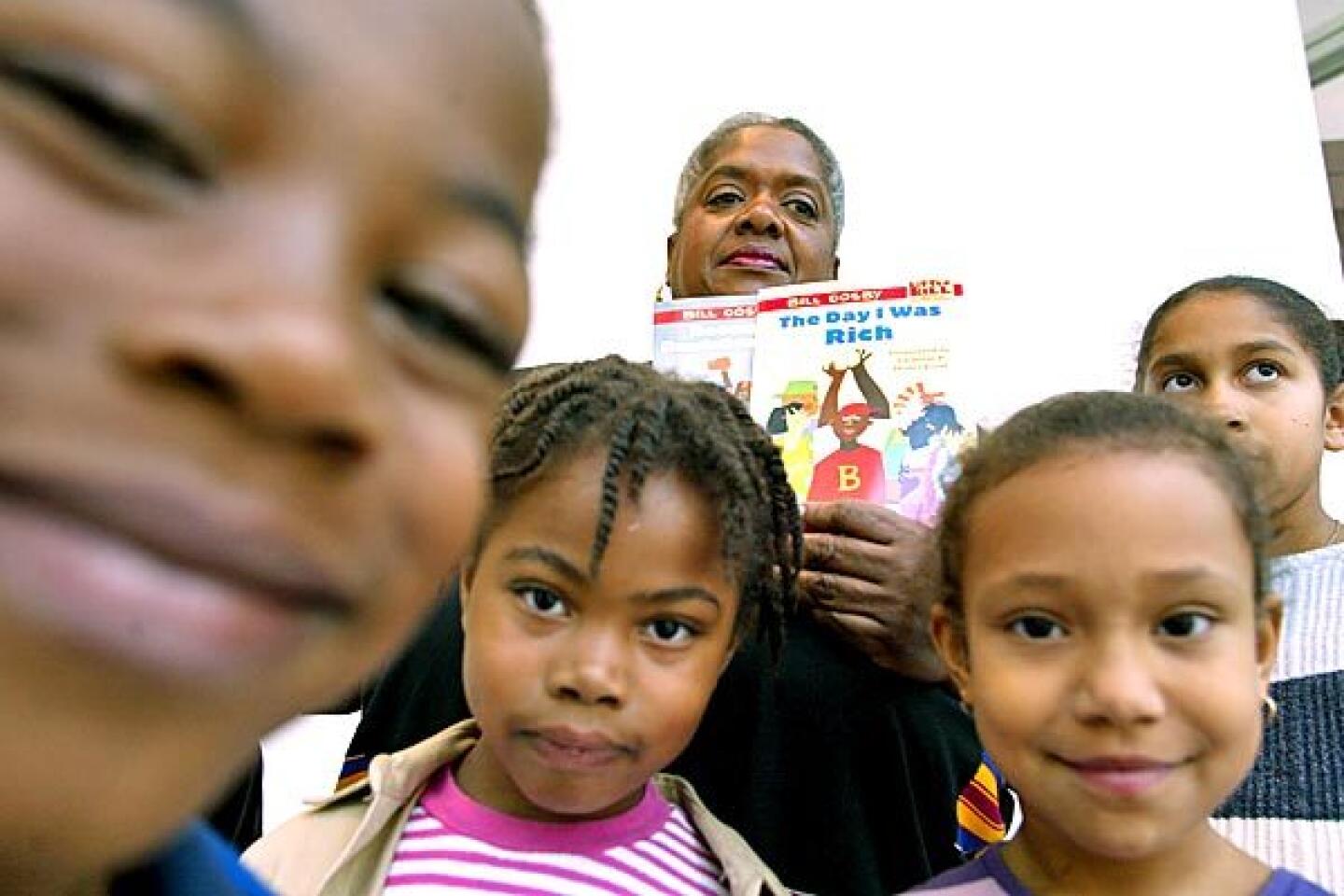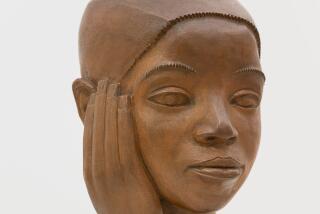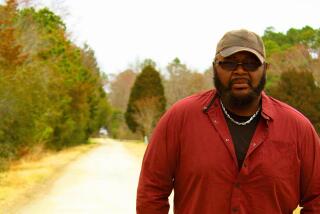Varnette P. Honeywood dies at 59; artist whose work was featured on ‘The Cosby Show’
- Share via
Varnette P. Honeywood, an artist who gained fame when her vivid and joyful portraits of everyday lives of African Americans were prominently featured on TV’s “The Cosby Show,” has died. She was 59.
Honeywood, who was diagnosed with cancer at least two years ago, died Sunday at a Los Angeles hospital, said her friend K. Joy Peters.
As a black artist Honeywood was “extraordinarily important,” partly for the visibility “The Cosby Show” gave her but also because young people were inspired by her “exuberant and positive images of black culture,” said Paul Von Blum, emeritus professor of African American studies at UCLA.
When it came to hanging her stylized prints in the home of the Huxtables — the fictional black family at the heart of “The Cosby Show” — artist and sitcom went together “like a slice of pie and a plate,” said Bill Cosby, star of the show that aired on NBC from 1984 to 1992.
“She truly captured the feel of family love,” Cosby told The Times. “Her work had depth and storytelling. She just knocked it out of the ballpark every time.”
A Los Angeles native, Varnette Patricia Honeywood was born Dec. 27, 1950. She was the younger of two daughters of Stepney and Lovie Honeywood, elementary school teachers who had moved to the city from Mississippi and Louisiana.
Before Honeywood, the only other artist in the family was an uncle who did graveyard sculpture in Magnolia, Miss., her mother told The Times in 1991.
Childhood vacations in the South and undergraduate years spent at Spelman College in Atlanta gave Honeywood a perspective on black traditions and culture that was reflected in her work.
She was a “visual historian,” who took “images from life” and interpreted them in scenes that showed common experiences, she later said.
At Spelman, a historically black women’s college, she had planned to major in history but switched to art after being encouraged by a drawing teacher and fellow students.
Soon she began developing the signature style that she sometimes described as “figurative abstraction.” Brilliant colors and intricate designs were a hallmark of her oil paintings and collages.
After receiving a bachelor’s degree from Spelman in 1972, she earned a master’s in education and a teaching credential from USC in 1974.
As director of a USC outreach program in the late 1970s, she taught art largely to minority students. The experience fueled her desire to create positive visual images for black children, she often said.
A visit to Nigeria in 1977 also profoundly influenced her work, Von Blum said.
Many of Honeywood’s pieces have an African component, whether they show the cultural tradition of movement or incorporate the African-influenced prints she often wore.
With her sister Stephanie, a linguist turned poet, Honeywood founded Black Lifestyles, a Los Angeles-based business that published and distributed note cards and posters of her paintings.
She was frustrated by her inability to gain traction in the art world when Cosby and his wife, Camille, discovered her work.
Impressed with her entrepreneurship and images, they became collectors and she was asked to submit art for the pilot of “The Cosby Show.” Three works remained on the set for the entire run and others were rotated through, according to a 1992 Atlanta Journal and Constitution article.
A reproduction of her 1974 painting “Birthday,” which had hung in the living room set of “The Cosby Show,” was later used as a backdrop when Cosby hosted an updated version of “Kids Say the Darnedest Things” on CBS.
She also collaborated on the “Little Bill” series of children’s books by Cosby, and her “vibrant illustrations” made his stories “leap off their pages,” The Times said in 1997.
When the jovial Honeywood went on trips “everybody else packed clothes, but she packed art materials,” said Peters, a friend since the 1970s. “She was dedicated to creating art. That really was her life.”
She was the last surviving member of her immediate family. Her father died in 2002 and her mother in 2007.
Honeywood, who lived in South Los Angeles, had served as the family caregiver, especially for her sister, who had multiple sclerosis and died at 53 in 2002.
The supportive role inspired Honeywood’s “The Caregiver,” which shows a black woman in profile, with one hand on a Bible, another on a crafts table and “Prayer Is the Answer” on the wall.
More to Read
Start your day right
Sign up for Essential California for the L.A. Times biggest news, features and recommendations in your inbox six days a week.
You may occasionally receive promotional content from the Los Angeles Times.








